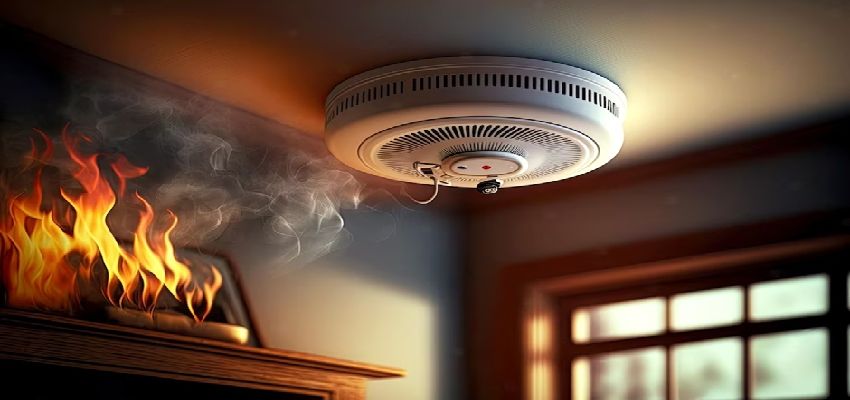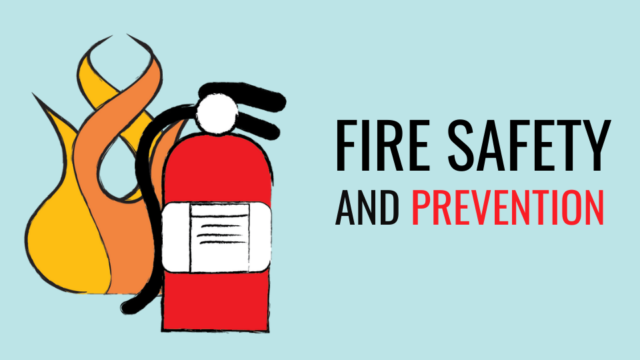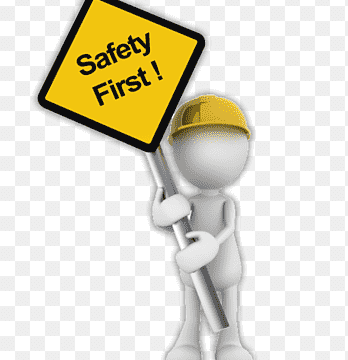Popular
Fire Safety Training
Description
Fire Safety Training
Course Objectives:
- To provide participants with essential knowledge of fire safety principles, risks, and prevention techniques.
- To equip participants with practical skills to respond effectively to fire emergencies.
- To promote awareness of workplace and home fire safety regulations and practices.
- To build confidence in the use of fire safety equipment such as extinguishers and alarms.
Learning Outcomes:
By the end of the course, participants will be able to:
- Identify fire hazards and understand fire chemistry (fire triangle).
- Recognize various types of fires and the appropriate extinguishing methods.
- Implement fire prevention strategies in workplaces and homes.
- Use firefighting equipment effectively, such as fire extinguishers, fire blankets, and hose reels.
- Develop and execute evacuation plans during fire emergencies.
- Understand fire safety legislation and workplace responsibilities.
Course Outline:
Module 1: Introduction to Fire Safety
- Fire basics: The fire triangle (oxygen, heat, fuel).
- Common causes of fires in workplaces and homes.
- Impact of fires: Health, environmental, and economic consequences.
Module 2: Fire Hazards and Risk Assessment
- Identifying fire hazards and risks.
- Conducting a fire risk assessment.
- Role of fire wardens and safety officers.
Module 3: Fire Prevention and Control
- Preventive measures for fire hazards.
- Housekeeping, maintenance, and electrical safety.
- Fire-resistant materials and building design considerations.
Module 4: Fire Detection and Warning Systems
- Types of fire alarms and detectors.
- Importance of routine maintenance and testing.
- Emergency warning signals and their meanings.
Module 5: Firefighting Equipment and Techniques
- Types of fire extinguishers and their uses (Class A, B, C, D, K).
- How to use a fire extinguisher (PASS technique).
- Fire blankets, sprinklers, and hose reels.
Module 6: Emergency Preparedness and Evacuation
- Developing and practicing evacuation plans.
- Understanding fire escape routes and assembly points.
- Roles of fire wardens during evacuation.
Module 7: Fire Safety Regulations and Compliance
- Overview of fire safety laws and standards (e.g., OSHA, NFPA, local regulations).
- Workplace responsibilities and legal obligations.
- Record-keeping and compliance reporting.
Module 8: Practical Training and Assessment
- Hands-on practice with fire extinguishers and other equipment.
- Simulated fire emergency drills.
- Group discussions and case study reviews.
Methodology:
- Interactive Lectures:
- Delivered by fire safety experts using multimedia presentations and real-life examples.
- Group Activities:
- Case studies, brainstorming sessions, and hazard identification exercises.
- Hands-On Training:
- Practical sessions on using fire extinguishers, fire blankets, and evacuation procedures.
- Simulations and Drills:
- Fire emergency scenarios and evacuation practice.
- Assessment:
- Quizzes, group discussions, and practical evaluations to test understanding and skills.
- Q&A Sessions:
- Dedicated time for participants to ask questions and clarify doubts.
- Certification:
- Participants will receive a certificate of completion after successfully passing assessments and drills.
Location
Review
Write a ReviewThere are no reviews yet.




















